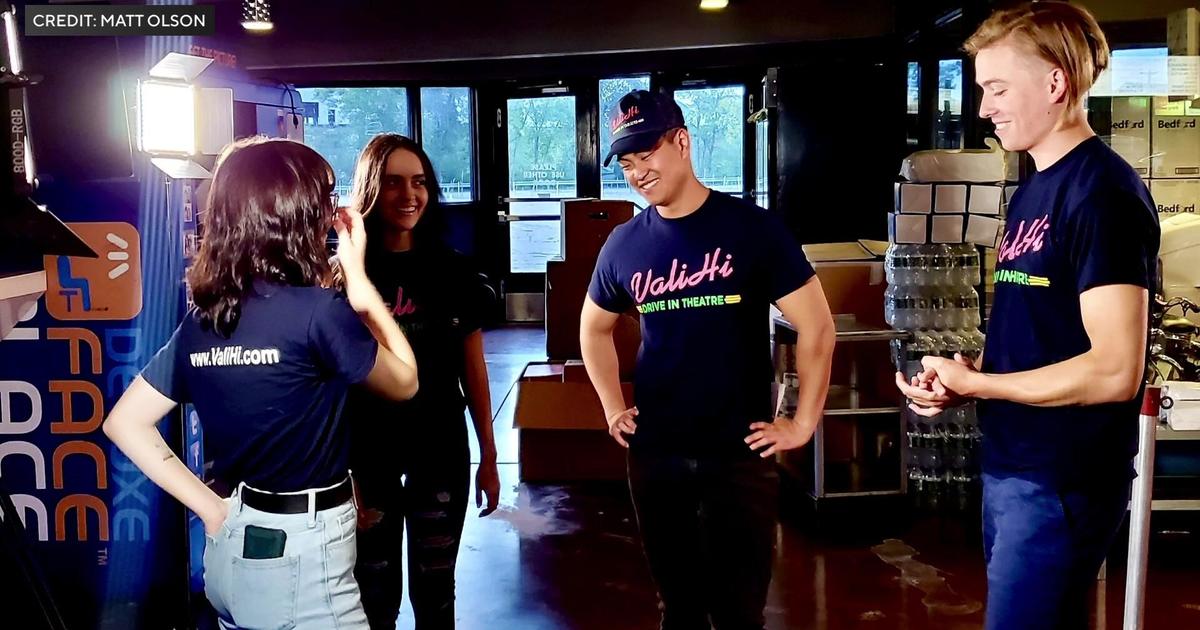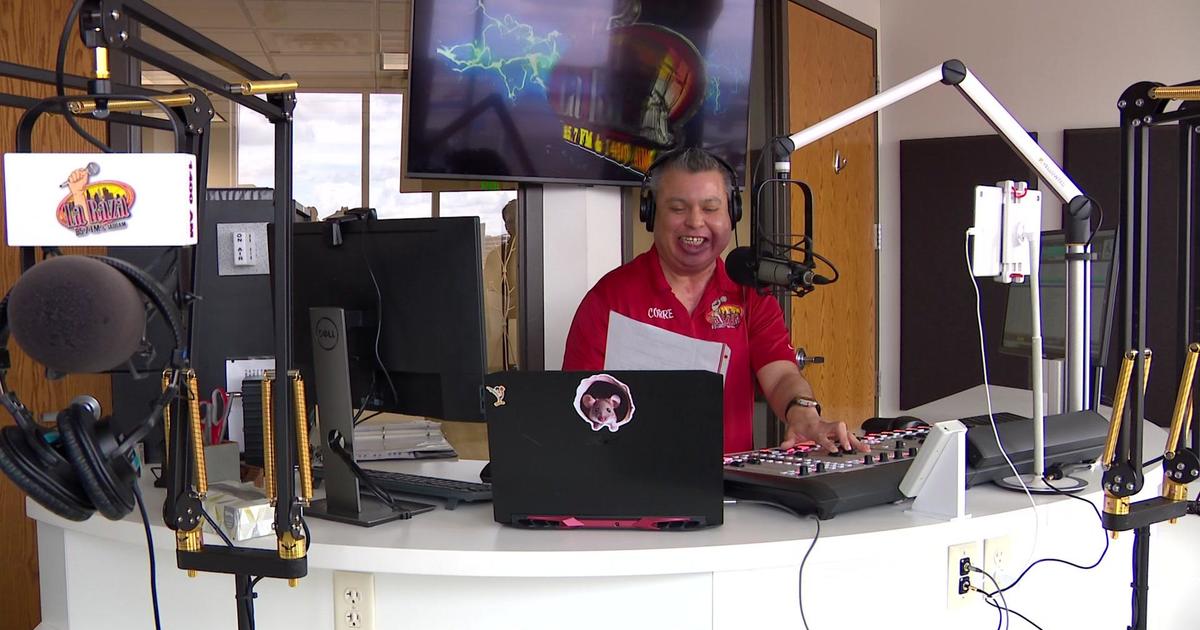Minn. To Make Big Decision On Voter ID Requirement
ST. PAUL, Minn. (AP) — Minnesota voters will decide on Election Day whether to make all voters show photo IDs in future elections — a decision that could have far-reaching implications in a state known for robust turnout.
Though it's getting less attention than a higher-profile ballot question on gay marriage, the ID requirement could significantly change the state's voting procedures.
Voters will see a question asking whether voters should have to show "valid photo identification" and the state should have to provide free IDs to eligible voters.
If the amendment passes, it would also create a system of provisional ballots for those who come to the polls without the proper ID and require absentee voters to verify their identities in similar fashion to in-person voters. Exactly how the details would work would be left to next year's Legislature. Here's what we know so far.
___
Q: How many Minnesota voters don't have photo IDs?
A: 84,000 currently registered voters don't have Minnesota driver's licenses or state IDs, and another 131,000 registered voters have IDs that don't match their voting addresses, according to Secretary of State Mark Ritchie's office. His website cites an estimate from the Division of Vehicle Services that 144,000 voting-age residents don't have photo IDs.
Q: What kind of identification would be accepted?
A: Minnesota driver's licenses and state ID cards would work, but the measure's supporters and foes disagree on whether voters could use military IDs, passports, tribal identification cards or student IDs. Lawmakers would likely spell out the details. The amendment itself calls for "valid government-issued photographic identification," which means expired IDs wouldn't work. Amendment supporters say a valid ID wouldn't necessarily have to include a current address, but foes are skeptical.
Q: How much will it cost?
A: Estimates vary widely, from $18 million to $150 million. Photo ID supporters put the number at the low end, including relatively modest costs to provide free IDs and educate voters about the new requirements. Those working to defeat the amendment estimate it much higher, with the high end including the cost of building accessible polling places in small communities that currently conduct elections solely through mail-in balloting, which they say would have to end. They also foresee significant costs for voters who would need to obtain birth certificates, marriage licenses and other documents to get valid IDs.
Q: How would provisional ballots work?
A: Voters without ID — even registered voters, who currently just have to sign their names — could cast a provisional ballot, but it wouldn't be counted right away. They would have to certify their ballots through a process to be determined by lawmakers. The Legislature would decide whether voters would have to show up in person to certify a ballot, which could be onerous in rural areas where a county election office could be many miles from a voter's home. Amendment opponents say a good share of provisional ballots might never be certified or counted.
Q: What happens to same-day voter registration?
A: About 500,000 Minnesota voters currently register to vote on Election Day. The amendment doesn't mention same-day registration, but amendment opponents warn that many of those voters' ballots would end up in the provisional ballot pile, to be counted later only if they certified their votes. Amendment supporter Dan McGrath of ProtectMyVote.com said voters with IDs would register and vote normally after having their names checked against lists of convicted felons and others who are ineligible to vote.
Q: What about absentee voting?
A: Ritchie warns that the amendment's requirement of "substantially equivalent" identity verification for absentee voting would make it impossible to verify the identities of 250,000 military, overseas and domestic absentee voters and end absentee voting as it now exists. Opponents say that's hyperbole — McGrath said absentee voting would become much like conducting an online banking transaction, with voters providing their ID number on the ballot envelope to meet the amendment's requirement.
Q: Would a photo ID requirement prevent fraud?
A: Supporters say photo ID will make it harder for someone to make up a name at the polls or vouch for a voter they don't know. Opponents say it wouldn't solve the main type of voter fraud — ineligible felons voting, since their IDs wouldn't show their ineligible status. They say Minnesota's election system is one of the nation's best and has been tested by two recent statewide recounts.
Q: Will it slow down election results?
A: It could. Amendment supporters figure about 4,000 voters would cast provisional ballots, based on Indiana's experience, and that any races where those votes would make the difference would be subject to the state's automatic recount law anyway. But in a state where a Senate seat was recently decided by 312 votes, even a small number of uncounted votes could keep election results up in the air. Voters who cast provisional ballots would have as long as 10 days to certify their ballots, depending on how the law was written.
Q: How much hassle would it add to voting?
A: Photo ID foes say the amendment would make voting harder for soldiers, seniors, poor people, vulnerable adults and other groups. There would be extra steps for those who cast provisional ballots. McGrath said most voters wouldn't notice much change.



